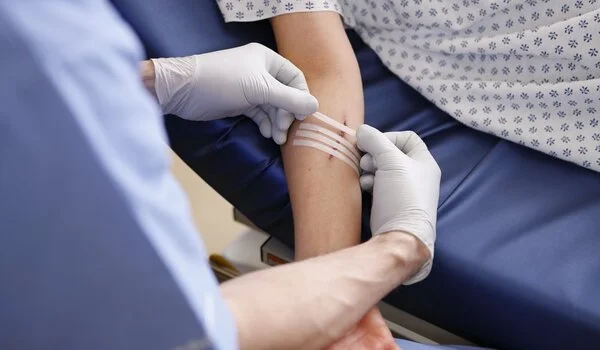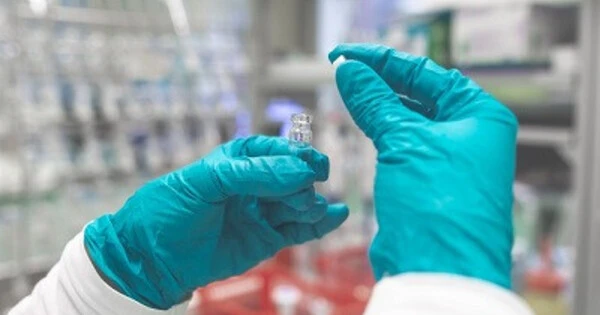Smart stitches have the potential to reduce the risk of infection and simplify post-operative monitoring. Smart stitches refer to sutures that are embedded with sensors or other electronic components that can monitor various aspects of wound healing.
A new antimicrobial suture material that glows in medical imaging could be a viable replacement for mesh implants and internal stitches. Surgical site infections are among the most common medical infections, affecting 2 to 4% of patients following surgery. Infection rates can be higher for some procedures, such as vaginal mesh implants used to treat prolapse.
Dr. Shadi Houshyar, study lead author and Vice Chancellor’s Senior Research Fellow, stated that their suture was developed in collaboration with clinicians specifically for this type of procedure.
“Our smart surgical sutures can play an important role in preventing infection and monitoring patient recovery, and the proof-of-concept material we’ve developed has several important properties that make it an exciting candidate for this,” said Houshyar, of RMIT University in Australia’s School of Engineering.
The surgical filament was easily visible in CT scans when threaded through samples of chicken meat, according to lab tests published in OpenNano. It also demonstrated potent antimicrobial properties, killing 99% of drug-resistant bacteria after six hours at body temperature.
Houshyar said the team was not aware of any commercially available suture products that combined these properties.
Our smart surgical sutures can play an important role in preventing infection and monitoring patient recovery, and the proof-of-concept material we’ve developed has several important properties that make it an exciting candidate for this.
Dr. Shadi Houshyar
How they did it
The multidisciplinary team led by RMIT used the university’s cutting-edge textile manufacturing facility to develop their proof-of-concept material, which included nano-engineering, biomedical, and textile experts working in collaboration with a practicing surgeon.
The suture’s properties are derived from the presence of iodine and tiny nanoparticles known as carbon dots throughout the material. Carbon dots are fluorescent by nature due to their specific wavelength, but they can also be tuned to various levels of luminosity that easily distinguish themselves from surrounding tissue in medical imaging.
Meanwhile, adding iodine to these carbon dots gives them strong antimicrobial properties as well as increased X-ray visibility. According to Houshyar, carbon nano dots are safe, inexpensive, and simple to create in the lab using natural ingredients.
“They can be tailored to create biodegradable stitches or a permanent suture, or even to be adhesive on one side only,” she explained. “This project provides many practical solutions for surgeons, which has been our goal from the beginning and the reason we have included clinicians in the study.”

Clinical possibilities
Consultant colorectal surgeon and Professor of Surgery at the University of Melbourne, Justin Yeung, was involved in the study. He said it addressed a real challengefaced by surgeons in trying to identify the precise anatomical location of internal meshes on CT scans.
“This mesh will allow us to improve the identification of the causes of symptoms, reduce the incidence of mesh infections, and aid in precise preoperative planning if this mesh needs to be surgically removed,” he said.
“If used as vaginal mesh, for example, it has the potential to improve surgery outcomes and quality of life for a large proportion of women by reducing the need for infected mesh removal. Through the ability to accurately visualize mesh location on preoperative imaging, it may also significantly reduce surgery duration and increase surgical accuracy in general.”
Next steps
Professor Elisa Hill-Yardin of RMIT’s School of Health and Biomedical Sciences, a study co-author, stated that pre-clinical trials were the next step.
“While this research is in its early stages, we believe we are on to something very promising that could help a lot of people and are very eager to speak with industry partners who are interested in working with us to take it further,” she explained. “We see particular promise in vaginal mesh implants and similar procedures.”















